Çintemani
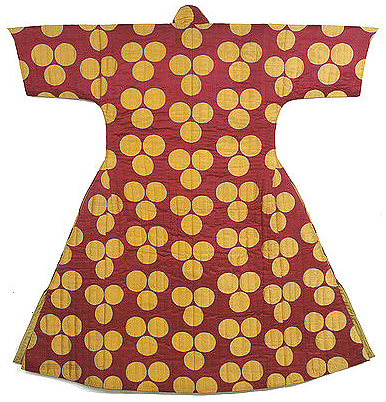


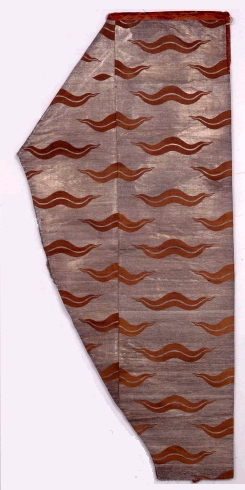
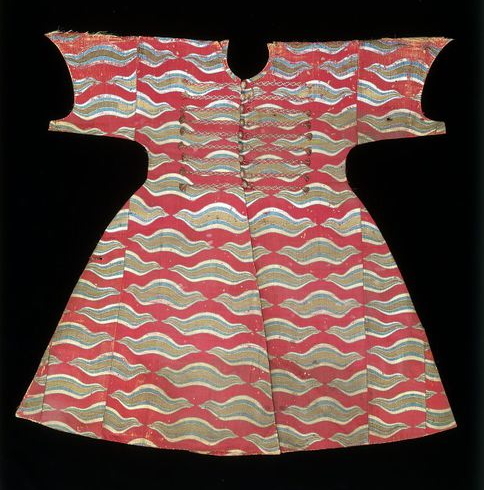
The famous Ottoman fabrics were made chiefly of silk, and were constructed in a variety of complex weaves, such as brocade, velvet and voided velvet, lampas, damask, and more.
Note formal arrangement of motifs in 16th century fabric. Ogees (ovals with pointed ends) are especially common, but slightly wavy vertical vines with flowers - especially tulips and carnations - are also popular. Çintemani (chin-teh-ma-nee) is also popular - a pattern of three circles arranged in a triangle - often with wavy stripes
While there are other accent colors, intense kermes red is the predominant fabric color. It is frequently paired with rich yellow or metallic gold. Various shades of indigo blue are also used, while green was generally made by overdyeing yellow with indigo for an accent color.
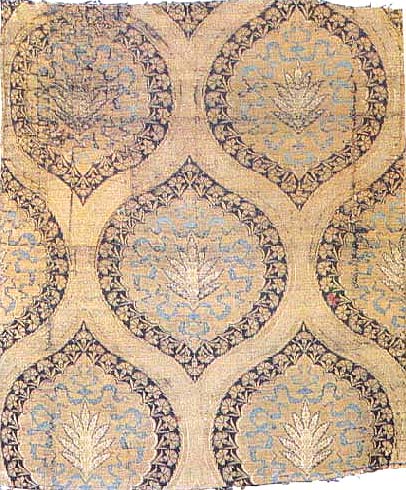

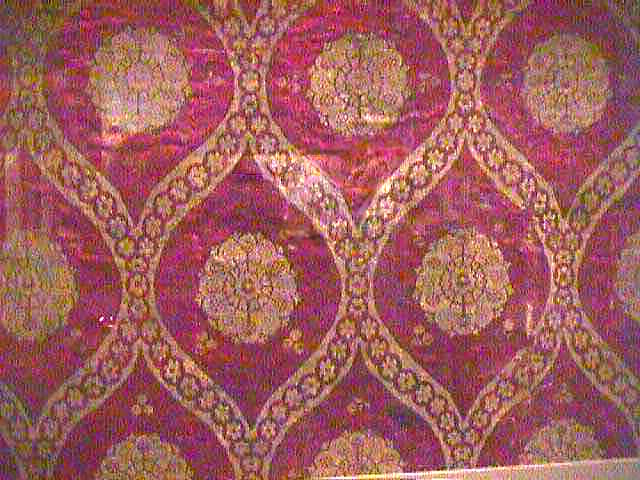

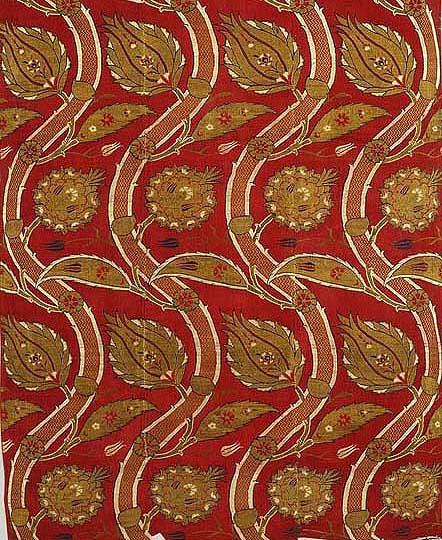

|
Late 15th and 16th Century Ottoman Women's Clothing 17th Century Ottoman Women's Clothing 18th Century Ottoman Women's Clothing 19th Century Ottoman Women's Clothing You are here --> Actual Ottoman Fabric Back to Intro to this section |